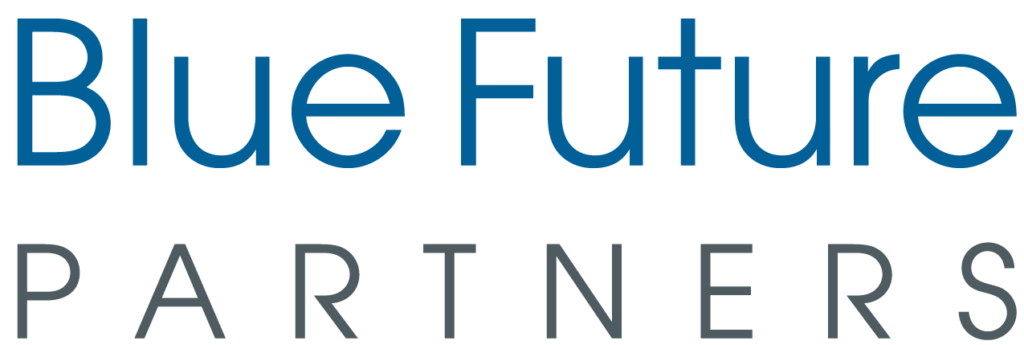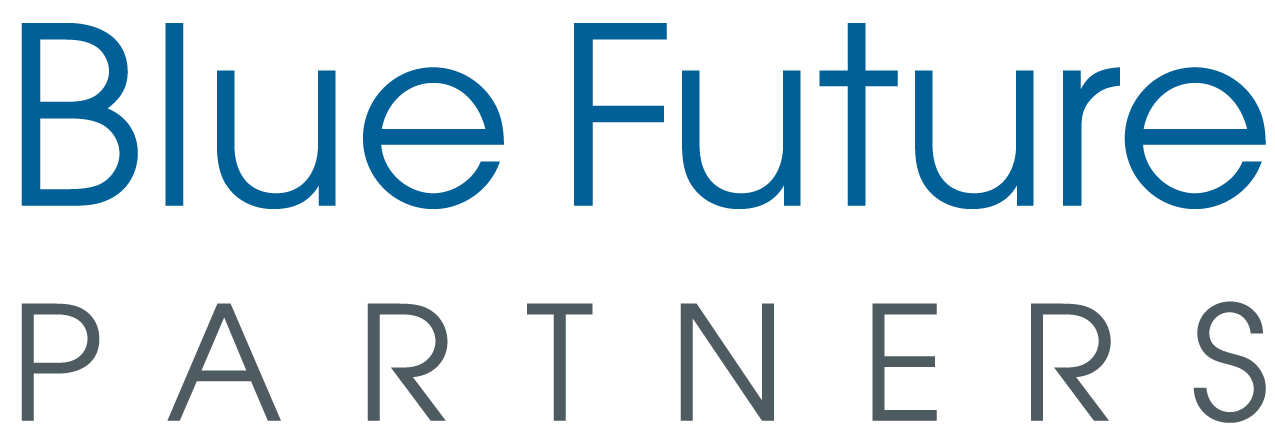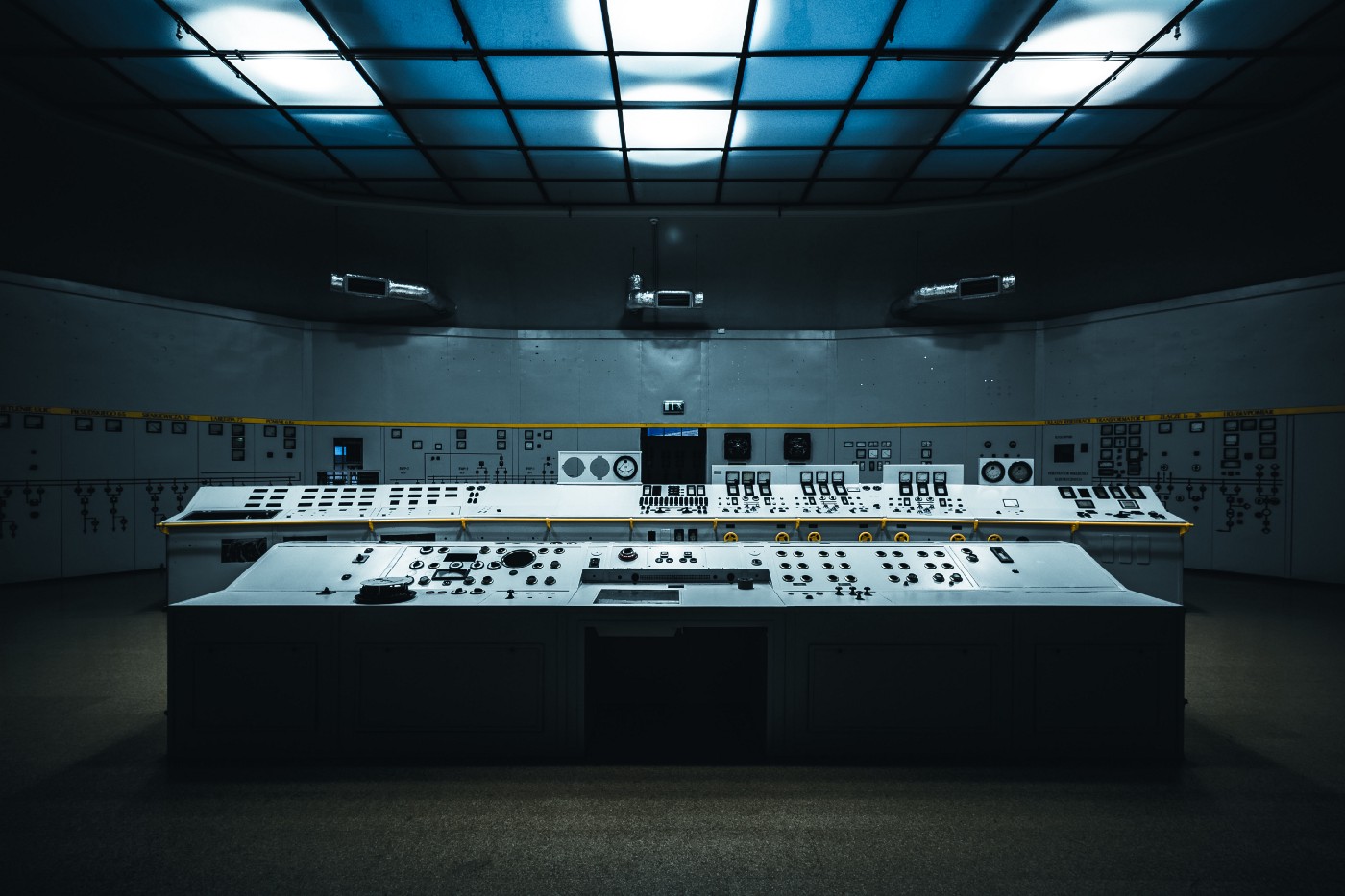In our real estate investments, we often oversee many stages of the property-lifecycle, from acquisition to modernisation to maintenance. One of our latest developments is an office building in an up-and-coming neighbourhood of Stuttgart, which we are redesigning into a dynamic tech-hub that has a sustainable ecological footprint.
For this project especially, our team has been researching into innovative construction features and ways to make a building more energy-efficient. We wanted to better understand the business case for green buildings and how the design of a space influences the health and productivity of its tenants.
Why Should We Talk about Building Design?
- Buildings are a major environmental stressor and contributor to climate change. The commercial and residential building sector is responsible for roughly one third of global greenhouse gas emissions and 40% of the world’s energy use. This impact is likely to grow as rates of urbanisation are accelerating. Today, around half of the world’s´ population lives in urban areas. Until 2050 this number will rise to 66%, mostly driven by city-growth in Africa and Asia.
- Urbanisation not only has a severe impact on the environment, but also modern human life. Citizens of developed countries spend the vast majority of their time indoors and have largely inactive lifestyles. The average western adult spends ten hours of the day sitting down and suffers from higher risks of cardiovascular disease and diabetes as a result.
These phenomena highlight the urgency of constructing buildings that promote the health of their inhabitants and are environmentally friendly at the same time.
Innovation in the Building Sector
Two interconnected trends are transforming the real estate industry and fundamentally changing how buildings are constructed. These trends promise to offset the environmental impact of buildings and to create liveable and energy-efficient spaces for the long-term.
Smart Buildings
Not only our cars and apartments are getting connected, but entire buildings also. Modern offices can be equipped with smart sensors that collect data around the clock and automatically adjust their operations like heating, lighting or ventilation. IoT technology for real estate reduces energy use, optimises space, assists facility management and minimises environmental stressors. Think of intelligent sensors that detect variations in water pipe pressure and communicate this information to avoid leaks.
Sustainable Buildings
There are already a vast range of materials and features to make buildings more energy-efficient, such as solar panels, rainwater harvesting, vertical gardens and renewable materials.
Several countries have developed scoring systems to standardise sustainable building practices and rate a project as “green”, among them:
- LEED from the US
- BREEAM from the UK
- DGNB from Germany
Building green is no longer an exception to the rule, but a widely adopted global trend. Whereas only 296 projects in the US were certified as green by LEED in 2006, this number had risen to 33.629 projects in 2016. Markets like India show exceptional stats. The green construction market is growing especially fast in emerging markets such as China, India and the Middle East.
The Case for Smart & Sustainable Buildings
There is a common perception among owners and investors that green buildings come at a significant markup. Many associate green building features and smart systems with higher construction costs and less long-term profitability. At the same time many investors include green features such as vertical gardening for mere marketing purposes.
We have found the opposite to be true. In fact there is a proven business case for smart and sustainable building design. With the right planning and implementation such buildings can recoup cost premiums after a relatively short period of time through lower operating and maintenance expenses, as well as achieve higher occupancy rates and real estate prices.
In our research we have come to the conclusions which we put together below.
Smart and sustainable buildings…
1. … are cost-efficient:
The cost premium of going green is often highly overestimated and only 0% – 12.5% higher than for conventional construction, depending on the level of environmental certification. Green buildings benefit from lower operating costs through reduced energy and water consumption and return their premiums after 5 years on average. In addition, construction costs for green projects have been decreasing over time as companies are optimising their supply chain and the level of expertise in the sector is rising.
2. … increase property values and minimise risks:
Renters in developed markets (especially in the premium sector) place a strong emphasis on green features. As a result, green properties have better occupancy rates and obtain higher rent and sales prices than conventional projects. Sustainable construction also protects from possible regulatory risks demanding stricter building-efficiency and improves the insurability of the property.
3. … increase the wellbeing and the productivity of their occupant:
The psychological and physical health of employees is a company’s most valuable asset. A range of intelligent design features can help to make occupants more healthy and productive. Building design can improve air quality, reduce noise, allow better individual control over room temperature and improve movement at work. Studies have shown that a green and healthy environment significantly improves productivity and cognitive functions as well as reducing sick days. For example a team from Harvard University found that green building conditions improved cognitive functions such as strategy thinking and crisis response by 61% compared to conventional conditions.
4. … are an essential part of a sustainable future:
Tenants, developers and investors can contribute to energy transformation and the preservation of resources by placing a strong importance on sustainable and intelligent design. We believe that all parties have a societal responsibility to create buildings that take into consideration the health of their inhabitants and their footprint on the environment.
Sources:
Dodge Data & Analytics, World Green Building Trends 2016 – Link
Harvard Medical School, Too much sitting linked to heart disease, diabetes, premature death – Link
Harvard University – The impact of green buildings on cognitive function – Link
Journal of Earth Science & Climatic Change, Building Energy Consumption and Carbon dioxide Emissions: Threat to Climate Change – Link
Morgan Stanley, Unlocking Real-Estate Value by Going Green – Link
ScienceDirect, The impact of working in a green certified building on cognitive function and health – Link
Statista, Green Buildings in the U.S. – Statistics & Facts – Link
World Green Building Council – The Business Case for Green Building – Link








